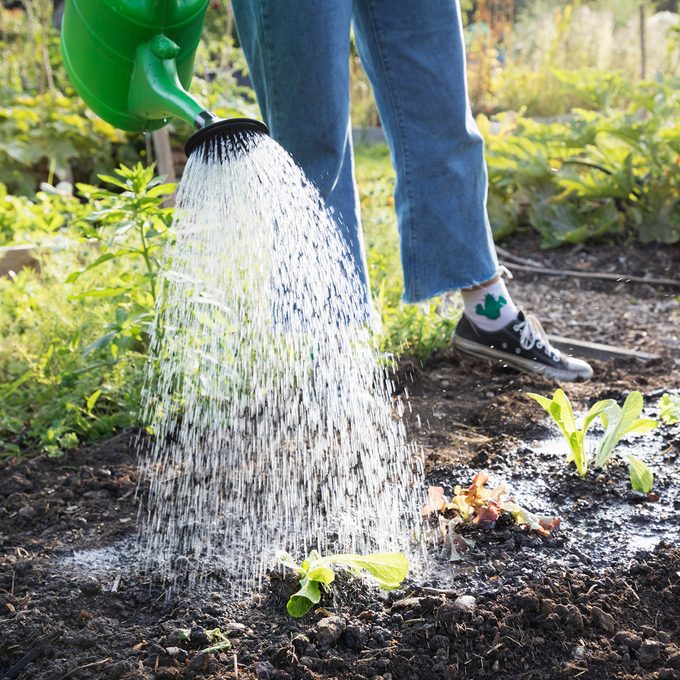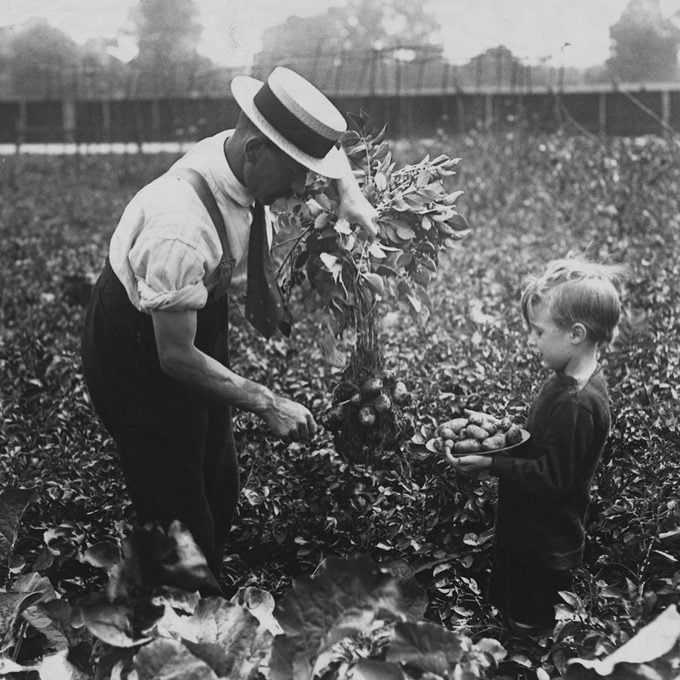What Do Victory Gardens Do
Born out of necessity during wartime, Victory Gardens now are a great way for gardeners to learn sustainability and self-reliance.
 Betsie Van der Meer/Getty Images
Betsie Van der Meer/Getty Images
During the height of World War II, nearly 20 million households in the U.S. tended to so-called Victory Gardens. While that number is not nearly as high today, the coronavirus pandemic and a heightened interest for independent sustainability led to a resurgence in the once popular gardening trend.
What is a Victory Garden?
Victory Gardens, also know as "War Gardens," have one main purpose: Creating produce on a more micro level. Rather than everyone lining up for produce at the grocery store that may be in short supply, Victory Gardens put the onus on citizens — primarily in the U.S., Canada, and portions of Europe — to grow their own food at home or in community gardens.
"Victory Gardens were born out of pure necessity, as food sources from larger agricultural sources began to dry up," says Jess Woods, editor and founder of Chickens+You. "In times of complete uncertainty, a Victory Garden guaranteed that no matter what toil struck, your family would go to bed with food in their stomachs."
 Hulton Deutsch/Getty Images
Hulton Deutsch/Getty Images
The History of Victory Gardens
Victory Gardens date back more than a century, as an aid to the food shortages caused during World War I. Victory Gardens ballooned in popularity during World War II when the U.S. government urged citizens to grow fruit and vegetables, making up for shortages caused by labor and transportation issues.
"Victory Garden refers to the growth of crops that provide food on private and public lands to make ends meet during a difficult situation like a war," says Aqsa Tabassam, a gardening and landscaping expert at GardenGuidepost.com. "Initially, it was only adapted by few countries including Canada and the U.S. during World War I. But it became more known later and was used by other countries, too, during World War II.
"The idea was to plant as many food crops as possible in public parks, private gardens, backyards, etc. The president (during World War I), Woodrow Wilson, stated that food will win the war. This is why the name Victory Garden feels perfectly befitting, as these gardens could become the sole reason for survival of the soldiers fighting for the country."
The Benefits of Victory Gardens
In 1942, agricultural scientist George Washington Carver published an updated pamphlet, Nature's Garden for Victory and Peace, with examples of common plants that could substitute for salad greens, potatoes and onions. The idea quickly caught on. Emma Sophie, the founder of Evergreenseeds.com, noted Victory Gardens produced more than one million tons of vegetables during World War II.
"The (U.S.) government wanted a proper supply of food and resources for the soldiers as they fought for their people and country," Sophie says. "The whole growing food idea was applied so everyone could feel like they had a contribution to make into the war promoting patriotism as well."
Then and now, the benefits extend beyond just the increase in food supply. Victory Gardens help reduce grocery costs and relieve stress for those who enjoy tending to a garden. Elle Meager, the founder and CEO of Outdoor Happens, says Victory Gardens promote self-reliance and sustainability.
"In recent history we've seen supply lines diminish, the cost of food tick higher and higher, droughts wreak havoc upon crops, and major food suppliers get hacked," Meager says. "For these reasons, I look at the critical lessons Victory Gardens can teach all of us — and think maybe self-sustainability and food security aren't such bad ideas!"
Victory Gardens Today
With wartime food rationing no longer in place, Victory Gardens today take on a different meaning.
"Instead of averting a crisis of food shortages, they help people be self-sufficient," says Jeremy Yamaguchi, CEO of Lawn Love. "Community gardens are especially helpful for food deserts that don't always have access to fresh fruits and vegetables."
While Victory Gardens aren't as popular as they were in the 1940s, they still remain a trendy option for many gardeners.
"In 1919, Americans were growing 40 percent of their own vegetables; by 1943 that number had dropped to 14 percent," says Stephen Webb, founder and director of Garden's Whisper. "Today about 25 million Americans are back to gardening an estimated four million acres of land in Victory Gardens. More than half of those yards with annual crops had 100 square feet or more devoted to them."
What Do Victory Gardens Do
Source: https://www.familyhandyman.com/article/what-is-a-victory-garden/
Posted by: harrisblapeneve.blogspot.com

0 Response to "What Do Victory Gardens Do"
Post a Comment